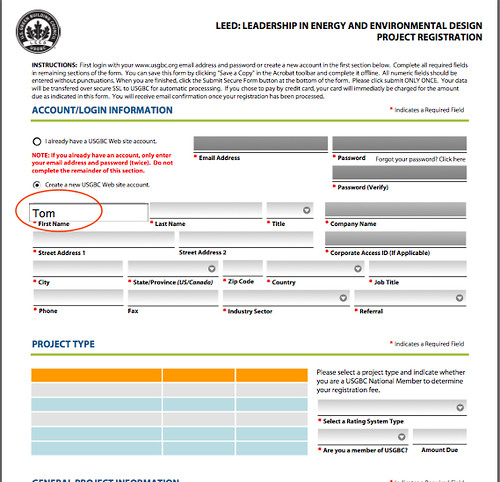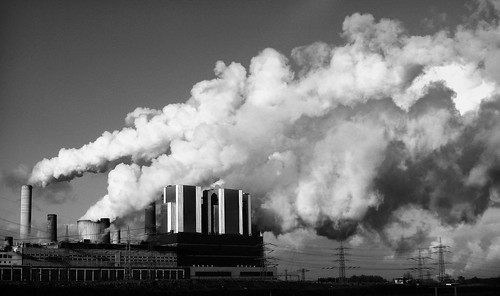
Photo credit midnightglory
I was delighted to see news today that the Canadian province of Ontario is the latest to sign up to roll out Better Place’s car charging infrastructure.
Better Place is a California-based, startup that aims to reduce global dependency on petroleum through the creation of a transportation infrastructure that supports electric vehicles. Typically the vehicles will be capable of having their batteries swapped out to facilitate rapid ‘refueling’ of the vehicle, analogous to swapping out rechargeable batteries for your kids (or your!) toys.
Better Place will build its first Electric Recharge Grids in Denmark, Israel and Australia where the electricity will be generated by renewable energy. In fact, Denmark and Israel have gone so far as to enact policies, which create a tax differential between zero-emission vehicles and traditional cars, to accelerate the transition to electric cars.
Ontario is the 2nd largest car manufacturing center in North America after Michigan, so seeing it embracing Car 2.0 is really heartening. Ontario is also rolling out a Smart Grid project under Hydro One Networks so this should make the job of rolling out the charging (and billing) infrastructure that much easier.
As part of the announcement, Better Place has announced that it will be sourcing electricity from Bullfrog Power, who will provide all of the renewable energy needed to power the Better Place network.
Shai Agassi, Founder and CEO, Better Place said:
Today’s announcement is the all-important first step in an expected electric car charging network rollout for Canada, and we look forward to working in partnership with the Ontario government on it
From the Better Place release:
Under the Better Place model, the company plans and installs a network of charge spots and battery exchange stations, giving drivers the same convenience to “top off” as they enjoy today with gasoline stations. Much like the mobile phone model, Better Place installs and operates the network of charging infrastructure, while leading auto manufacturers produce electric cars for the Better Place network. Better Place sources renewable energy to power the network, creating a zero emission solution from generation to grid to transportation.
For consumers, it means they’re able to subscribe to a sustainable transportation service. Better Place provides the batteries to make owning an electric car affordable and convenient. Better Place will install charge spots in parking spaces at home, at work, and at retail locations, which enable the network to automatically top off the electric car.
For distances longer than what most people drive in a given day, drivers will pull into battery exchange stations to swap a depleted battery for a fresh one in less time than it takes to fill a car with gasoline.
Better Place and the San Francisco Bay area recently announced plans for a $1 billion network to be developed in and around San Francisco. Hawaii has also signed up to roll out Better Place infrastructure.
With wins like this, Better Place has very quickly established itself as one of the dominant players in the emerging Electric Vehicle sector.
And with so much emphasis on electric cars at this year’s Detroit Auto Show, the future looks really bright for the EV industry.



